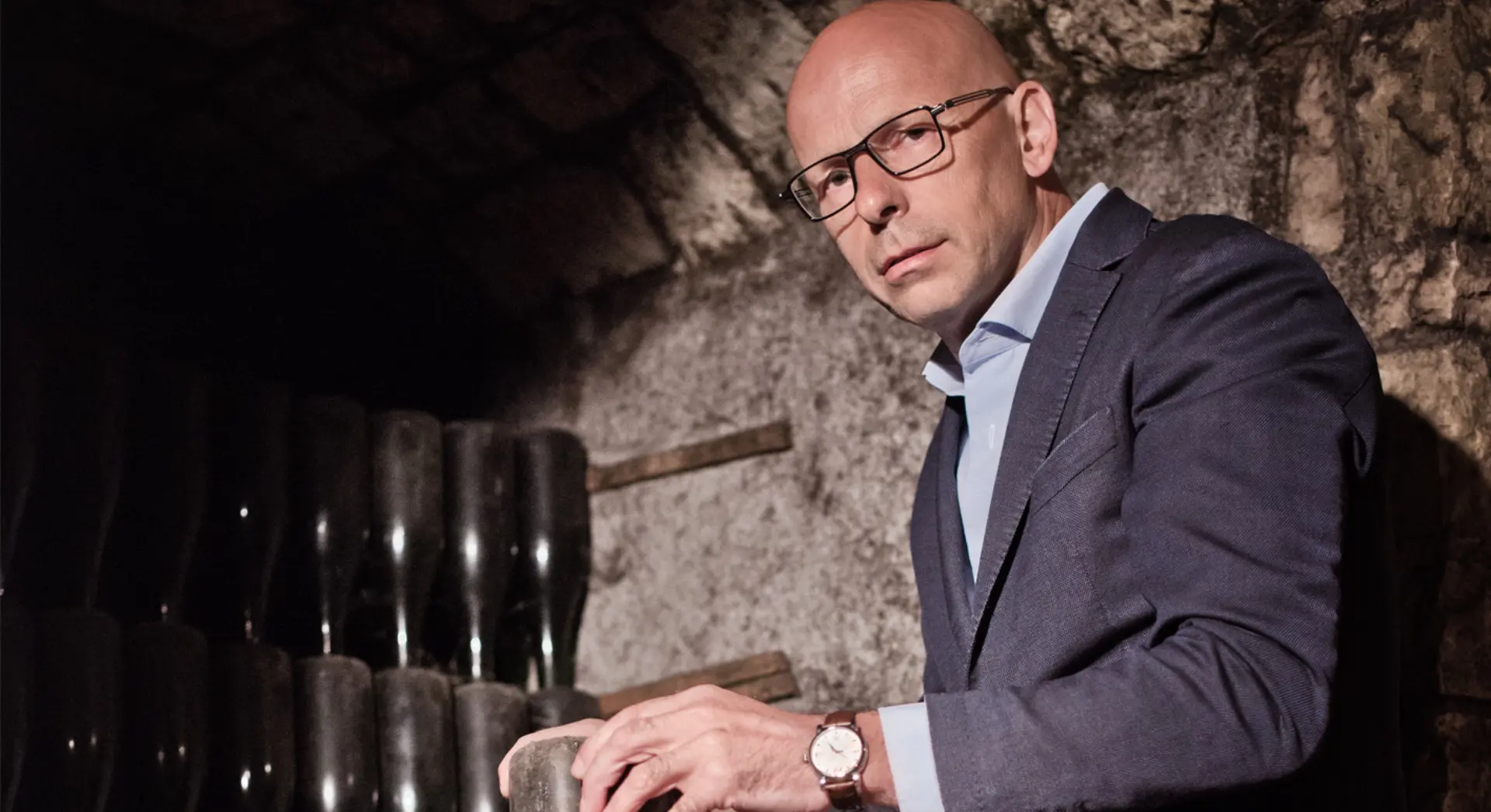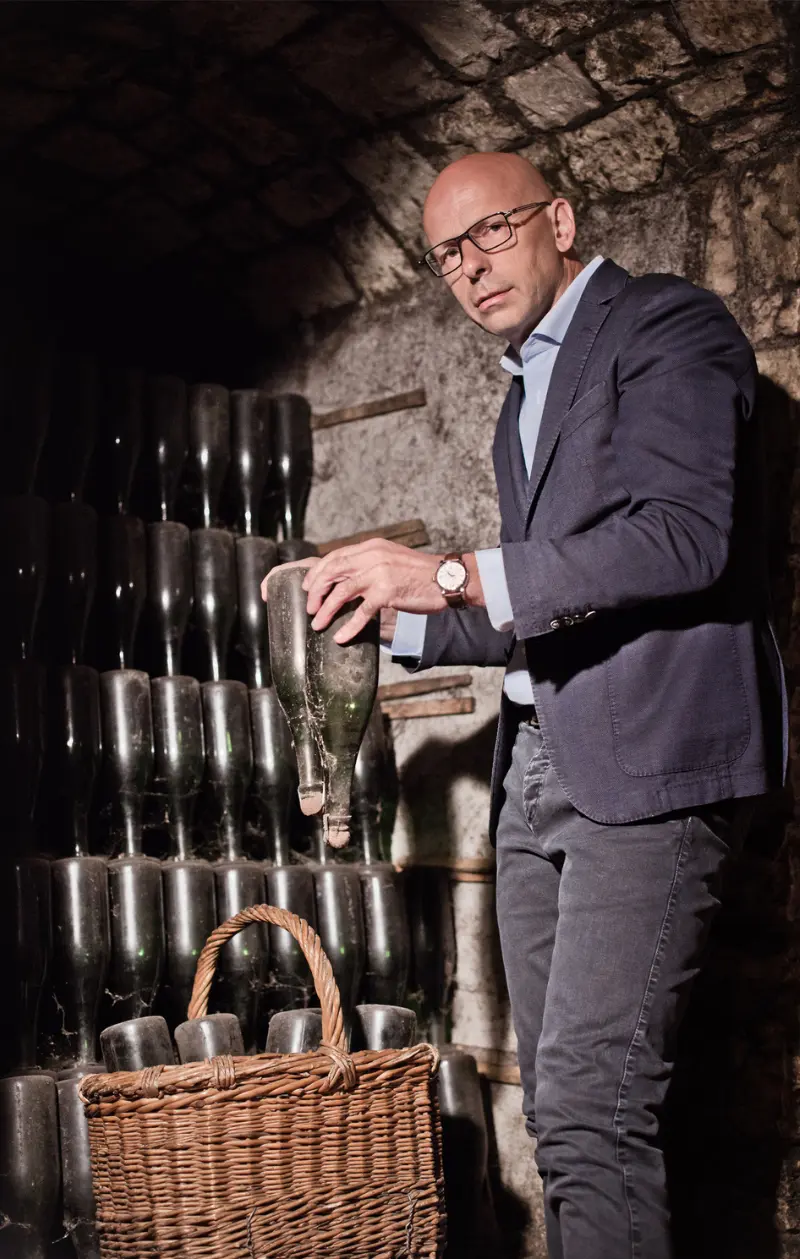Denna webbplats innehåller information om alkoholhaltiga drycker och riktar sig till dig som fyllt 25 år. När du använder vår webbsida godkänner du vår integritetspolicy.
Vi använder cookies för att förbättra din upplevelse på sajten.
Ca’ del Bosco. Italien, Lombardiet, Franciacorta
Ca’ del Boscos hemsidaItaliens kanske bästa mousserande viner
1964 köpte Annamaria Clementi Zanelli och hennes man ett litet hus på en sluttning i Erbusco som kallades ”Ca-del Bosc” (huset i skogen). Familjen, som egentligen var inom textilindustrin i Milano skickade dit sin unge, bångstyrige son – Maurizio Zanella – i hopp om att livet långt borta från storstaden skulle få honom att lugna ner sig. Väl på plats fann sig Maurizio direkt till rätta och närmast ”adopterades” av traktens vinböner, som på den tiden gjorde vin främst för näring, snarare än njutning. Efter en tripp till Frankrike var Maurizios öde seglat – han skulle skippa kvantiteten och göra viner av högsta klass i ett område som inte tidigare varit känt för högkvalitativa viner. Med facit i hand kan vi enkelt konstatera att han lyckades. Idag är Ca’ del Bosco ett av regionens och landets viktigaste spelare när det kommer till kvalitet, innovation och omsorg för naturen.Historia
Franciacorta ligger i Lombardiet, strax söder om Iseosjön och ett stenkast från Milano. Namnet tros härstamma från ”Franche Curtes”, ett begrepp från medeltiden som syftade på de kloster och gårdar i området som var befriade från skatt. Redan då producerades vin här, men det var först på 1960-talet som Franciacorta tog sina första riktiga steg mot att bli ett centrum för kvalitetsbubbel.
Det moderna Franciacorta föddes när Guido Berlucchi lanserade sin Pinot di Franciacorta 1961 – det allra första mousserande vinet från området gjort enligt den traditionella metoden, alltså med en andra jäsning på flaska, precis som i champagne. Det blev startskottet för en rörelse som snabbt växte i både kvalitet och ambition. På 60-talet fanns det endast ett fåtal producenter av mousserande viner i området och först år 1967 kom Franciacorta att definieras som en särskild appellation – Franciacorta DOC – där såväl vita, röda och mousserande viner producerades (idag tillverkas regionens vita och röda viner under appellationen Curtefranca DOC).
År 1968 planterade Ca’ del Bosco med hjälp av vingårdsansvarige Antonio Gandossi, som var ansvarig för vingårdarna fram till sin död 2011, de första vingårdarna på egendomen och 1976 skördades Ca’del Boscos första årgång då man producerade tre olika mousserande viner vilka nådde marknaden i december 1978. Vid denna tid hade Maurizio anställt André Dubios från Champagne att sköta vinmakningen vilket ytterligare kom att revolutionera gårdens kvalitetsarbete.
1992 bildades konsortiet i Franciacorta som ansvarar för områdets vinlagar och år 1995 blev Franciacorta upphöjd från DOC till Franciacorta DOCG – tack vare det hårda arbete som Ca’del Boscos ägare Maurizio Zanella la in som president for Franciacorta-konsortiumet. Därmed blev Franciacorta den första appellationen i Italien med 100% fokus på mousserande viner gjorda på klassiska metoden. Den regelmässiga inspirationen för appellationen togs från Champagne och syftet med dessa strikta regler var att kontinuerligt arbeta mot att höja kvaliteten på de viner som produceras i området.
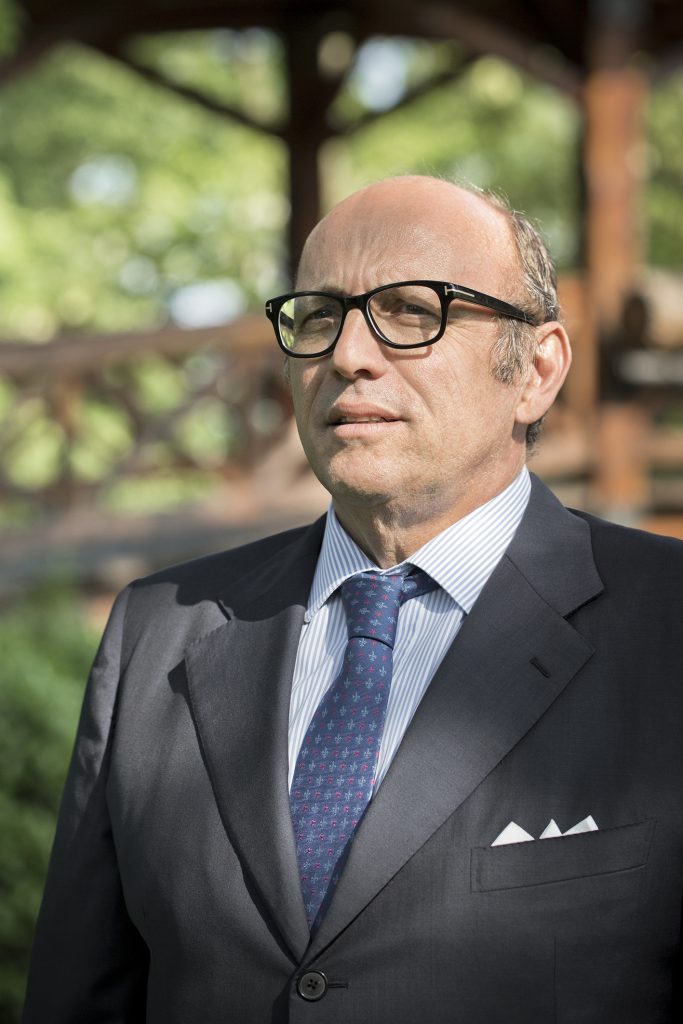
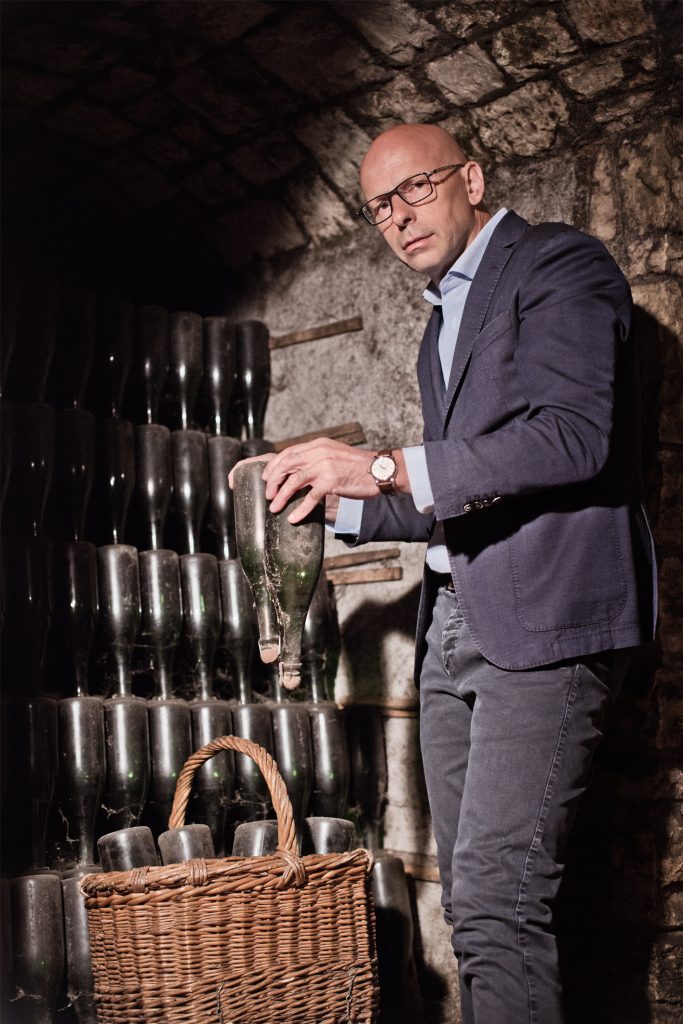
Maurizio Zanella och Stefano Capelli
Nutid
Ca’ del Bosco drivs än idag av den ständige visionären Maurizio Zanella som vid sin sida har vinmakaren Stefano Capelli som tog över efter sin mentor, den ursprunglige vinmakaren, André Dubois efter hans död (kuriosa: Ca’ del Bosco har därmed bara haft två vinmakare sedan starten och Stefano Capelli kan idag klocka in över 40 år som anställd på gården). Tack vare Maurizios hårda arbete som chef för appellationen har Franciacorta idag blivit känt för sin höga kvalitet och att de har en av de striktaste lagstiftningarna i vinvärlden. De mousserande vinerna måste lagras minst 18 månader på sin jästfällning (vilket är 3 månader längre än lagstadgat i champagne), men Ca’del Bosco siktar högre än så – deras Cuvee Prestige lagras minst 24 månader på jästfällningen. Med ambitioner som dessa och genom sin känsla för detaljer har de satt Franciacorta på kartan och anses vara en av dess bäst presterande producenter.
Vingårdar
Med devisen om att viner görs i vingården och inte i vineriet strävar Ca’del Bosco ständigt framåt. Motivationen ligger i att uppnå perfektion till vilket pris som helst, och det har varit kostsamt. De lägger stor vikt vid vinets kvalitet, jordens välmående och att respektera traditionen. Alla 219 hektar odlas ekologiskt och de är ekologiskt certifierade sedan 2014. Det finns inga genvägar. Alla vingårdar är planterade på minst 250 meter över havet och nyplanteringar sker på minst 400 meter få att åstadkomma en lägre medeltemperatur i och med klimatförändringarna, därmed får de också en längre växtsäsong vilket är mycket viktigt – särskilt för mousserande viner. I portföljen finns två non-vintage viner, fyra årgångsspecifika och två riserva. Dessutom tillverkar de en handfull stilla viner. Vinerna är alltid välbalanserade och eleganta.
Vinifikation
Franciacorta görs enligt den traditionella metoden, men Ca’del Bosco jobbar som bekant lite hårdare än den lagstadgade miniminivån. Alla druvor skördas för hand i backar som rymmer max 16 kg för att minimera risken att druvorna ska krossas innan de når vineriet. Väl på plats kyls druvorna ned och pressas när de är svala. Alla klasar kontrolleras för hand och tvättas i deras berry spa – en unik process där alla potentiella bakterier och svampar som kan förstöra mustens renhet tvättas bort. Ytterligare en fördel med processen är att man kunnat minska användningen av sulfit betydligt och vinerna ligger generellt mer än tre gånger under den tillåtna nivån. Druvorna pressas sedan försiktigt innan vinifieringen som äger rum i ståltankar för cuvée prestige-serien och i barrique för Vintage Collection-serien och Annamaria Clementi lagras i barriquer. Efter sju månader blandas vinerna till de olika cuvéerna och 20-30 % reservviner blandas in för de årgångslösa produkterna. Vinerna buteljeras och en andra jäsning på flaska sker samt lagring på jästfällningen, här varierar tiden – minst 24 månader för Cuvée Prestige, minst 40 månader för Vintage produkterna och minst 9 år för Riserva. Vinerna genomgår remuage i gyropalletter och för hand i de avvikande storlekarna innan de degorgeras. I vineriet jobbar man med hjälp av gravitationen och elen kommer från solenergi. Allt vatten som används i ”the berry spa” återanvänds.
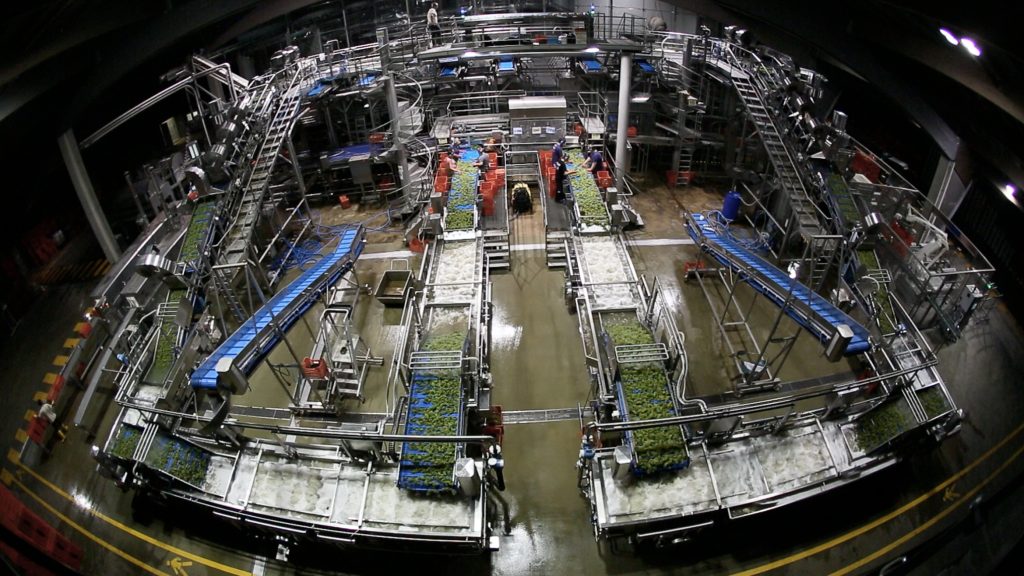
”The berry spa”
5 ”snabba” med Stefano Capelli
1 . What is your favorite time of the year in the vineyards?
”The ripening period, which begins with veraison and ends with harvest; 30-35 days during which the chemical composition of the grape berries evolves. Those who seek excellence in wines know very well that winemaking begins at this stage, in judging the attainment of optimal maturity of the grapes and decreeing the time of harvest. The countdown has begun…the weather of these last weeks will condition the concentration of the grapes and the quality of the vintage for the wines to come. My agronomist colleagues and I, as a team, are closely monitoring this phase by checking, even twice a week, the health status of the vines and the progress of the organoleptic ripening of the berries so that grapes arrive at the winery in an excellent state of ripeness.”
2. What is your favorite part of being a winemaker?
”To be the guardian of the style of wines, of the production philosophy of Ca’ Del Bosco. I was lucky enough to learn my profession from people who taught me at the same time to be ”artist” and wise, intuitive and precise, sensitive and rigorous, unconscious and also brilliant. Today I am the coordinator of a group of passionate people: agronomists, viticulturists, winemakers, cellarers, all oriented to the production of grapes and wines that are an authentic expression of our soils. I can proudly say that we have managed to reveal in our wines the typical taste of our lands, the distillate of our soils. In our wines we have favored the expression of both purity and complexity. In fifty years of winemaking we have succeeded in defining a style, a pleasant and attractive taste, recognizable and the highest expression of the ”fruit” character of our grapes. Making great wines in franciacorta is not difficult because we have a pedo-climatic context in perfect harmony with the vines we grow. Our people do the rest: they lead the vines toward producing bunches of grapes with a biochemical balance that is functional in obtaining stylish and long-lived Franciacorta.”
3. What is your least favorite part of being a winemaker?
”To suffer inertly the extreme weather conditions that are compromising the quality of the grapes especially when you are close to harvest. And you can’t shy away from making a decision and still seek the best expression in wine from those grapes. As I have already mentioned, Ca’ del Bosco wines are programmed in the vineyard and not in the cellar, and it is the weather conditions of the last three weeks before the harvest that will judge the qualitative outcome. To helplessly suffer this phase, when the weather is not on your side (hail, too much rain or scorching heat) discourages you and often forces you to make decisions, even hasty ones, to harvest early at a less than perfect ripeness so as not to lose the quality of the grapes; you have no alternative and all your winemaking plans have to be revised …you suffer! In 2021 a major hailstorm with the harvest already underway. In 2020 rain accompanied us throughout the harvest.”
4. If you had to describe the style of your winemaking with just one sentence – what would it be?
”At Ca’ del Bosco we are always striving for perfection; it’s in our DNA. We like wines that are both attractive and inimitable. Having an important heritage of vineyards in Franciacorta, we have developed a winemaking method that brings out the full potential of our grapes. We extract and preserve the character of our soils enclosed in the grapes to the best of our ability so that it can be detected throughout the entire life of our wines. Today in Ca’ del Bosco we are finally able to produce wines that excite us, wines that I have always dreamed of making. You taste a grape and find its taste still present after 5-10 years of aging. Wines that are elegant, fine, pure, but at the same time fragrant, complex and tasty.”
5. Which of your own wines would you bring to a deserted island, and why?
”I would take with me a few bottles of Cuvée Annamaria Clementi 1990, an excellent vintage for Franciacorta to which I am very attached because it was my first vintage without my mentor: the chef de cave André Dubois, who had left us prematurely a few months earlier. In the cellar there are only a few bottles left, but given ”where they sent me” I feel entitled to take them!!! A wine that still impresses for elegance and depth.”


